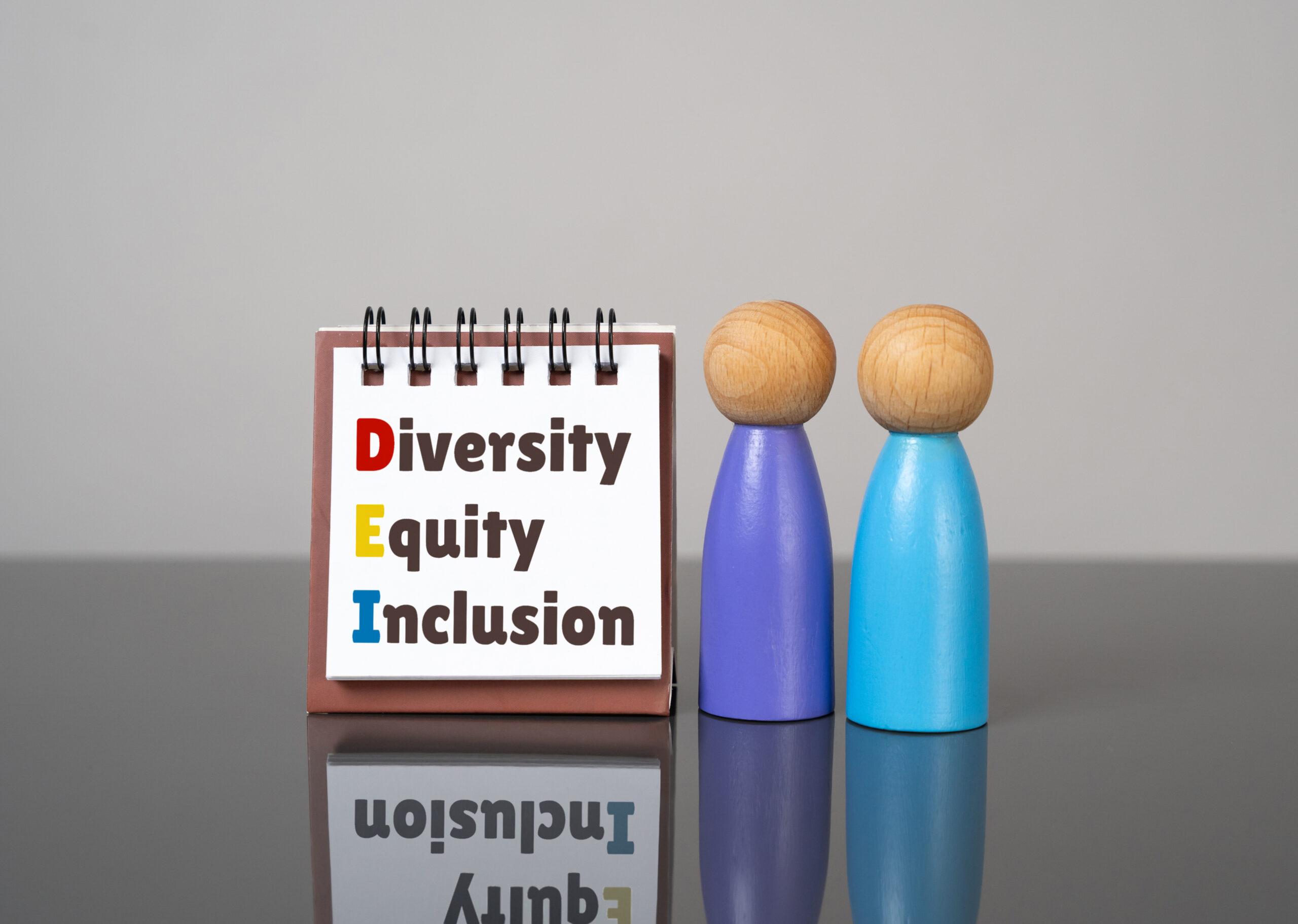Why DEI and Benefits Go Hand in Hand
When we talk about Diversity, Equity, and Inclusion (DEI), most of the conversation focuses on hiring practices, pay equity, or leadership representation. And while those things are incredibly important, there’s another area where DEI often shows up—or doesn’t—and that’s employee benefits.
As someone who works closely with HR and leadership teams across a wide range of industries, I’ve seen how the best-intentioned benefits programs can still fall short if they aren’t built with equity in mind. A benefit is only as good as it is accessible. And if employees don’t feel seen or supported by the benefits offered to them, they’re less likely to engage—and more likely to feel excluded.
That’s why I believe benefits design is one of the most practical and powerful tools companies have to live out their DEI values. We can’t just say we’re committed to inclusion. We have to build it into the foundation of our total rewards strategies.
Not All Employees Start from the Same Place
It’s important to remember that equity isn’t the same as equality. Offering the same benefits to everyone sounds fair—but if employees don’t have the same ability to use those benefits, the impact won’t be equal.
Let’s take mental health, for example. A company might offer a generous Employee Assistance Program (EAP), but if those services are only available in English, or during traditional business hours, they’re not truly accessible to all. Or consider family leave—many companies have policies that support new moms, which is great, but what about fathers, adoptive parents, LGBTQ+ families, or those caring for aging relatives?
When we start looking through a DEI lens, we begin to ask new questions: Who is this benefit really serving? Who might be left out? What barriers exist that we haven’t considered?
Data Can Tell a Bigger Story
One of the most effective ways to start designing more equitable benefits is to look at your data. Engagement metrics, health claims data, and employee surveys can help paint a picture of who is using your benefits—and who isn’t.
Are certain demographics underutilizing mental health services? Are lower-wage workers opting out of health coverage because the premiums are too high? Are part-time employees getting left out of wellness programs entirely?
When we dig into the numbers, we can uncover gaps and blind spots. That’s not about placing blame—it’s about seeing clearly so we can make better decisions.
Meeting Employees Where They Are
Once we’ve identified those gaps, the next step is meeting employees where they are. That could mean offering tiered healthcare plans that work for a range of income levels. Or providing virtual access to services for employees who can’t attend in-person appointments. It might involve translating benefit materials into multiple languages, or offering one-on-one support to help employees understand what’s available.
I’ve worked with companies who’ve added coverage for gender-affirming care, expanded fertility and adoption benefits, or made mental health services more inclusive by partnering with diverse provider networks. These aren’t just check-the-box changes—they’re signals to employees that their identities and needs are recognized and respected.
Communication Is Part of Inclusion
Even the best benefits strategy can fall flat if employees don’t know what’s available or don’t feel confident using it. That’s why inclusive communication is just as important as inclusive design.
Too often, benefits communication is loaded with jargon, overly complicated, or one-size-fits-all. To drive equitable access, we need to simplify, personalize, and repeat. Use clear language. Share stories. Host office hours. Make it easy for people to ask questions without judgment.
And most importantly—listen. Create feedback loops so employees can share what’s working and what’s not. When people feel heard, they’re more likely to engage.
Leadership’s Role in Modeling Inclusion
Building more equitable benefits programs isn’t just the job of HR—it requires leadership buy-in. When leaders model inclusive behavior, support diverse needs, and share their own experiences using benefits, it sets the tone for the entire organization.
I’ve seen companies do this well by highlighting stories from employees across the company, sharing how benefits helped them during big life moments—whether it’s a transition, a birth, a loss, or a personal health journey. It humanizes the conversation and helps break down stigma, especially around topics like mental health or identity.
The Long-Term Value of Inclusive Benefits
Inclusive benefits aren’t just good for employees—they’re good for business. When people feel supported, they stay longer, perform better, and show up more fully. Companies that invest in equitable access to care see higher engagement, stronger cultures, and better retention across diverse talent groups.
And in today’s competitive hiring market, benefits are a differentiator. Candidates are asking questions about DEI—not just in policy, but in practice. They want to know how you support real people with real needs.
As benefits professionals, we have a real opportunity to shape workplace culture in a way that’s tangible and deeply personal. Every time we choose to ask deeper questions, listen more closely, and design with inclusion in mind, we take another step toward building workplaces where everyone can thrive.
Equity doesn’t happen by accident. It happens when we make it a priority—every step of the way. And I’m proud to be part of that work.
Because when we create benefits that work for everyone, we’re not just improving employee health—we’re building a healthier, more human workplace for all.
